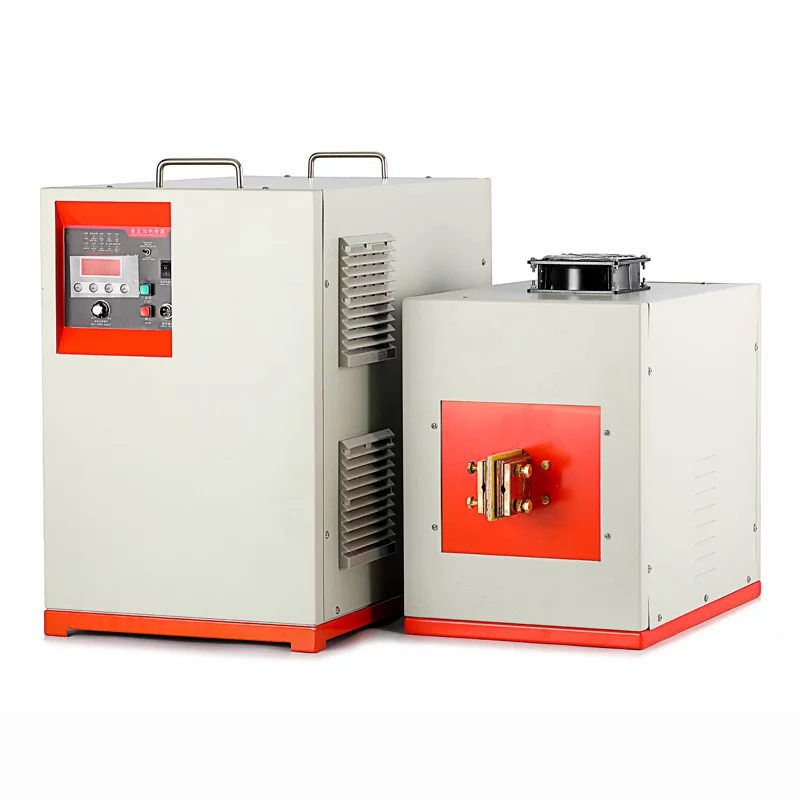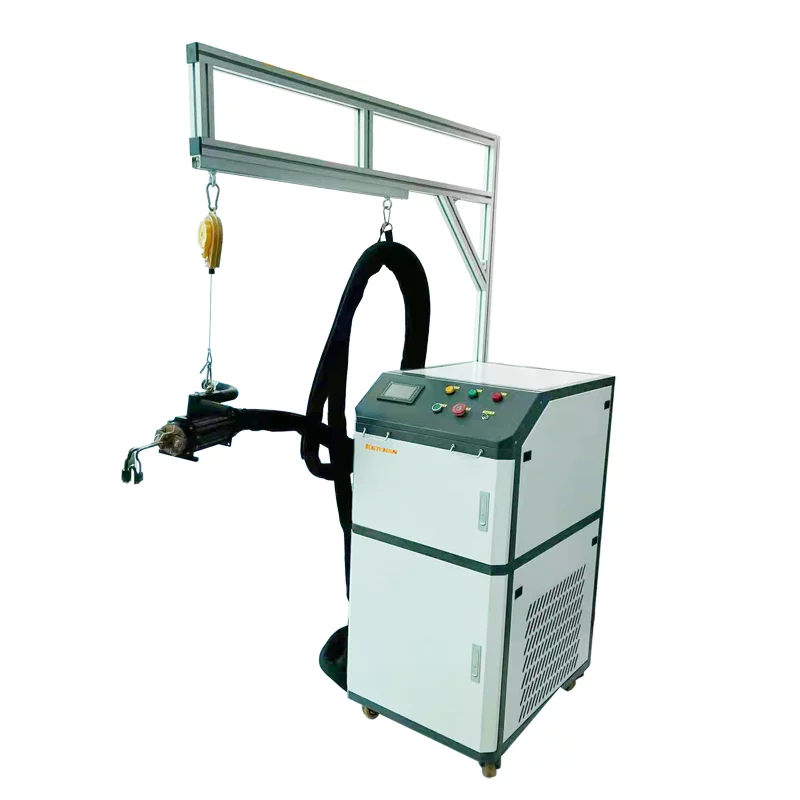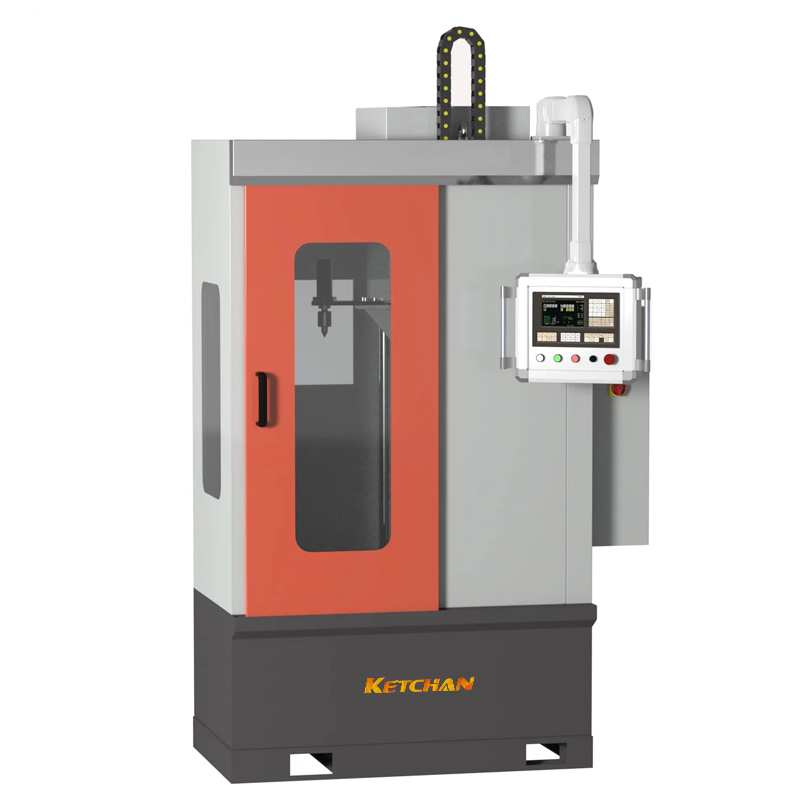Induction melting furnace refining: the application of carburizing is critical.
With the continuous improvement of environmental protection requirements, more and more attention is paid to resource consumption, and the rising prices of pig iron and coke lead to an increase in casting cost, more and more foundry factories began to use electric furnace smelting, to replace the traditional culotte smelting. At the beginning of 2010, the small and medium parts workshop of JAC Automobile Factory also adopted the electric furnace melting process instead of the traditional cupola melting process. It can reduce the cost and improve the mechanical properties of castings, but the type of carburizing agent and carburizing process are very important.
1.The main types of carburizing agents
There are many materials used as cast iron carburize, such as artificial graphite, calcined petroleum coke, natural graphite, coke, anthracite, and mixed materials made of such materials.
(1) Artificial graphite of all the above-mentioned carburizing agents, the best quality is artificial graphite. The main raw material for the manufacture of artificial graphite is high quality calcined petroleum coke in powder form, in which asphalt is added as a binder and a small amount of other auxiliary materials are added. After all kinds of raw materials are well matched, they are pressed into shape and then treated at 2500 ~ 3000℃ in a non-oxidizing atmosphere to graphitize them. After high temperature treatment, ash, sulfur, and gas content are greatly reduced.If there is no petroleum coke that has been calcined at high temperatures or calcined at insufficient temperature, the quality of the carburized will seriously affect the quality of the carburized. Therefore, the quality of the carburized mainly depends on its graphitization degree. A good carburized contains 95% ~ 98% graphite carbon (mass fraction), 0.02% ~ 0.05% sulfur, and (100-200) × 10-6 nitrogen.
(2) Petroleum coke is a widely used carburized at present. Petroleum coke is a by-product of refining crude oil. The residue and bitumen obtained by pressure distillation or vacuum distillation of crude oil can be used as raw materials for producing petroleum coke. After coking, raw petroleum coke can be obtained.
(3) Natural graphite can be divided into flake graphite and microcrystalline graphite. Microcrystalline graphite ash content is high, generally not used as cast iron carburize. There are many kinds of flake graphite: high carbon flake graphite needs to be extracted by chemical method or heated to a high temperature to make the oxide decomposition, volatilization, this flake graphite output is not much, the price is high, generally does not use as a carburized; The low carbon flake graphite has high ash content and should not be used as carburized. Medium carbon graphite is mainly used as a carburizing agent, but the amount is not much.
(4) In the melting process of coke and anthracite Induction melting furnace, coke or anthracite can be added as a carburizer when charging. Due to its high content of ash and volatilization, induction furnace cast iron is rarely used as a carburizer, with a carbon content of 80% ~ 90%, a sulfur content of above 0.5%, the nitrogen content of (500 ~ 4000) × 10-6. This kind of carburizer has a low price and belongs to a low-grade carburizer.
2.Principle of liquid iron carbonization
In the smelting process of synthetic cast iron, carburizer must be used because of the large amount of scrap steel added and the low content of iron liquid C. The carbon existing in the elemental form in the carburizer is melted at 3727℃ and cannot be melted at the temperature of molten iron. Therefore, the carbon in the carburizer is dissolved in molten iron mainly through dissolution and diffusion. When the content of the graphite carburizer in iron solution is 2.1%, the graphite can be directly dissolved in an iron solution. The direct dissolution of non-graphite carburizing basically does not exist, but with the passage of time, carbon is gradually diffused and dissolved in an iron solution. The carbonization rate of cast iron smelted by induction furnace using crystalline graphite is significantly higher than that of the non-graphite carbonizing agent.
The results show that the dissolution of carbon in the molten iron is controlled by the carbon transfer in the liquid boundary layer on the surface of solid particles. The results obtained from coke and coal particles were compared with those obtained from graphite, and it was found that the diffusion dissolution rate of graphite carburizer in iron solution was significantly faster than that of coke and coal particles. By observing partially dissolved coke and coal particles with an electron microscope, it is found that a very thin layer of sticky ash is formed on the surface of the sample, which is the main factor affecting its diffusive solubility in molten iron.
3.Factors influencing the effect of carbon increase
(1) The effect of the size of the carburizer on the absorption rate of the carburizer depends on the comprehensive effect of the dissolution and diffusion rate of the carburizer and the oxidation loss rate. In general, the carburizer particles are small, the dissolution rate is fast, the loss rate is large; The carburizer has a large particle size, slow dissolution rate and small loss rate. The choice of the size of carburizer is related to the diameter and capacity of the furnace. In general, the diameter and capacity of the furnace, the size of the carburizer to be larger; On the contrary, the size of carbonizing agent to be smaller.
(2) The influence of the amount of carburizer added under the condition of a certain temperature and the same chemical composition, the saturation concentration of carbon in iron solution is certain. Under a certain degree of saturation, the more carburizer is added, the longer time is required for dissolution and diffusion, the greater the corresponding loss, and the lower the absorption rate.
(3) The effect of temperature on the absorption rate of carburizer in principle, the higher the temperature of the iron liquid, the more beneficial to the absorption and dissolution of carburizer, on the contrary, the carburizer is difficult to dissolve, the absorption rate of carburizer decreases. However, when the temperature of the iron solution is too high, although the carburizer is easier to be fully dissolved, the burning rate of carbon will increase, resulting in the decrease of carbon content and the overall absorption rate of carburizer. The absorption efficiency of carburizer is the best when the temperature of the iron solution is 1460 ~ 1550℃.
(4) Effect of iron liquid stirring on the absorption rate of carburizer Stirring is conducive to the dissolution and diffusion of carbon, avoiding carburizer floating on the surface of the iron liquid and being burned. The stirring time is long and the absorption rate is high before the carburizer is completely dissolved. Stirring can also reduce the time of carbon increase and heat preservation, shorten the production cycle, and avoid the burning loss of alloying elements in iron solution. But the stirring time is too long, not only has a great impact on the service life of the furnace, and in the solution of the carbonizing agent, stirring will increase the loss of carbon in the iron solution. Therefore, the appropriate stirring time of the iron solution should be to ensure the complete dissolution of the carburizer.
(5) Influence of iron liquefaction components on the absorption rate of carburizer When the initial carbon content in iron solution is high, under a certain dissolution limit, the absorption rate of carburizer is slow, the absorption amount is small, the burning loss is relatively large, and the absorption rate of carburizer is low. The reverse is true when the initial carbon content of molten iron is low. In addition, silicon and sulfur in iron solution hinder the absorption of carbon and reduce the absorption rate of carburizer. Manganese contributes to carbon absorption and increases the absorption rate of carburizer.In terms of influence degree, silicon is the largest, manganese is the second, carbon and sulfur have little influence. Therefore, in the actual production process, manganese should be increased first, then carbon, then silicon.
4.Effects of different carbonizing agents on the properties of cast iron
(1) Two 5T if coreless induction furnaces are used for smelting, with a maximum power of 3000kW and a frequency of 500Hz.According to the daily batting list of the workshop (body return charge 50%, pig iron 20%, scrap steel 30%), a low nitrogen calcining type carburizer and a graphite type carburizer are used to melt a furnace of iron liquid respectively, and a cylinder block main bearing cover is poured respectively after adjusting the chemical composition according to the process requirements.
Production process: the carburizer is added to the electric furnace for melting in batches during the feeding process, 0.4% of the primary inoculant (silica-barium inoculant) is added in the molten iron process for inoculation, and 0.1% of the secondary inoculant (Silica-barium inoculant) is added in the pouring process. Use the DISA2013 styling line.
(2) Mechanical properties To verify the effects of two different carbonizing agents on the properties of cast iron, and in order to avoid the influence of molten iron composition on the results, the composition of molten iron melted by different carbonizing agents was adjusted to be basically the same., in order to more fully, the results of the validation test process in addition to the two furnace iron casting a set of test bar Ø 30 mm respectively, each furnace iron liquid pouring castings are respectively randomly picked the 12 pieces of Brinell hardness of ontology (6 PCS/box, two cases).
In composition is almost the same situation, the use of graphite type test bar intensity of recarburizer production was obviously higher than that of using type calcine recarburizer melting by pouring test bar, and graphite type recarburizer casting processing of production performance is superior to use type calcine recarburizer production of castings (hardness is too high, the casting process castings edges will be jumping phenomenon).
(3) Graphite microstructure
Two different recarburizer smelting iron casting by Ø 30 mm test bar of graphite morphology, comparison, you can see that using graphite type recarburizer sample of graphite morphology is A type of graphite, graphite, and quantity is more and more small size.
From the above test results, the following conclusions can be drawn: high-quality graphite carburizer can not only improve the mechanical properties of the casting, improve the metallographic structure, but also improve the machining properties of the casting.
5. Conclusion
(1) The factors affecting the absorption rate of the carburizer include the size of the carburizer, the amount of the carburizer added, the temperature of the carburizer, the stirring time of the iron solution, and the chemical composition of the iron solution.
(2) High quality graphite carburizer can not only improve the mechanical properties of casting, improve the metallographic structure, but also improve the machining properties of the casting. Therefore, it is recommended to use a high quality graphite carburizer when the induction furnace smelting process produces cylinder block, cylinder head, and other key products.





